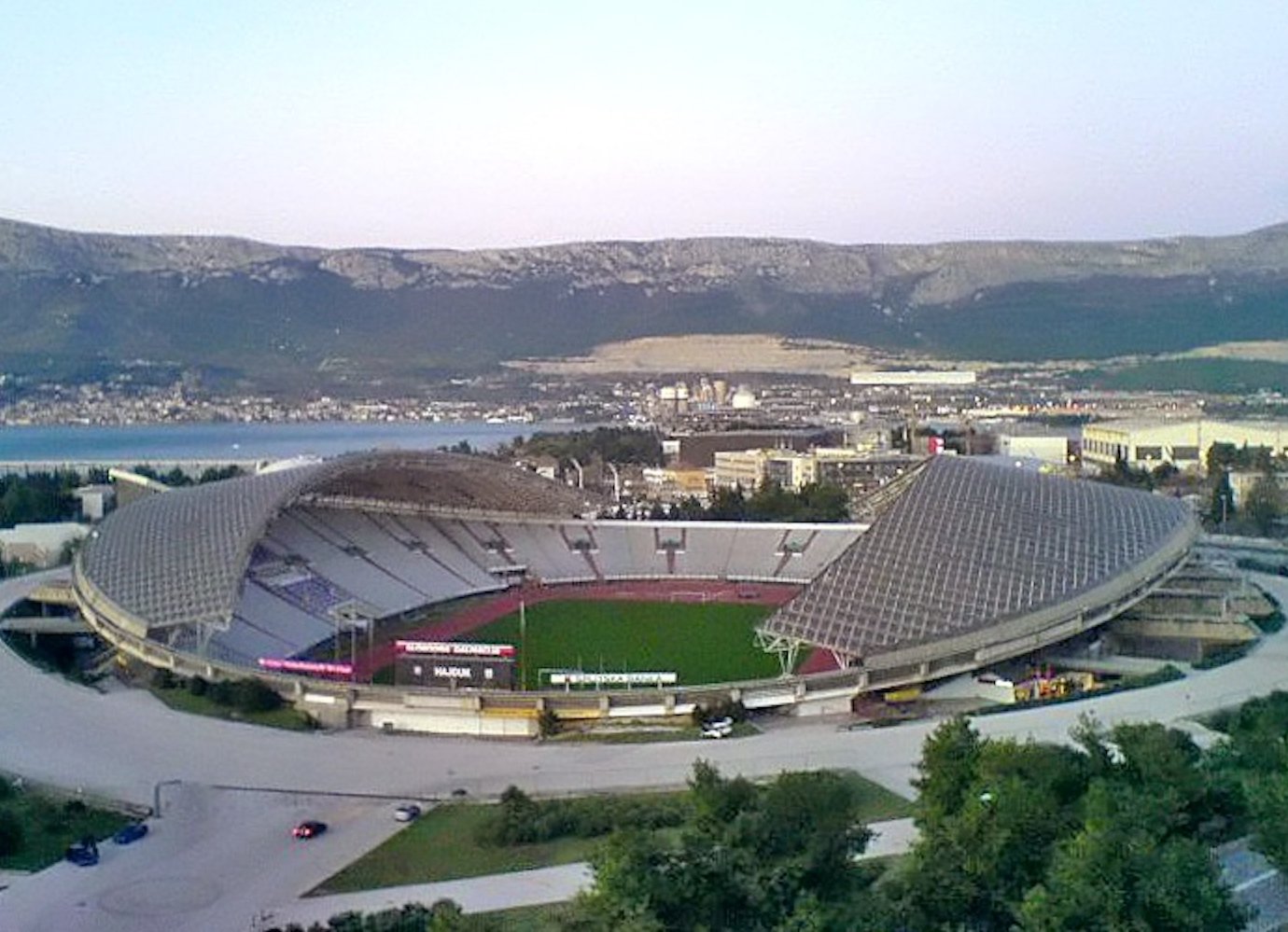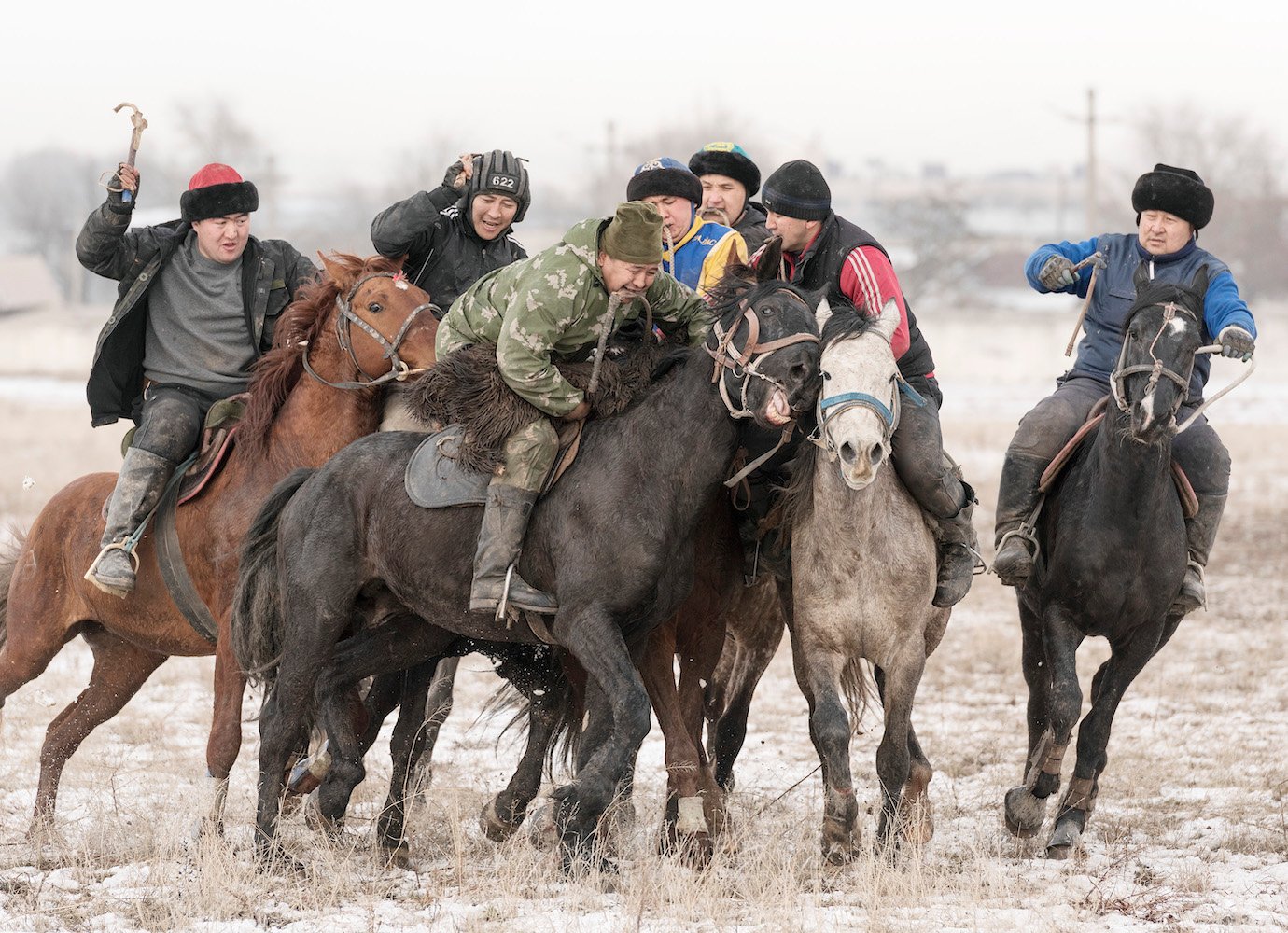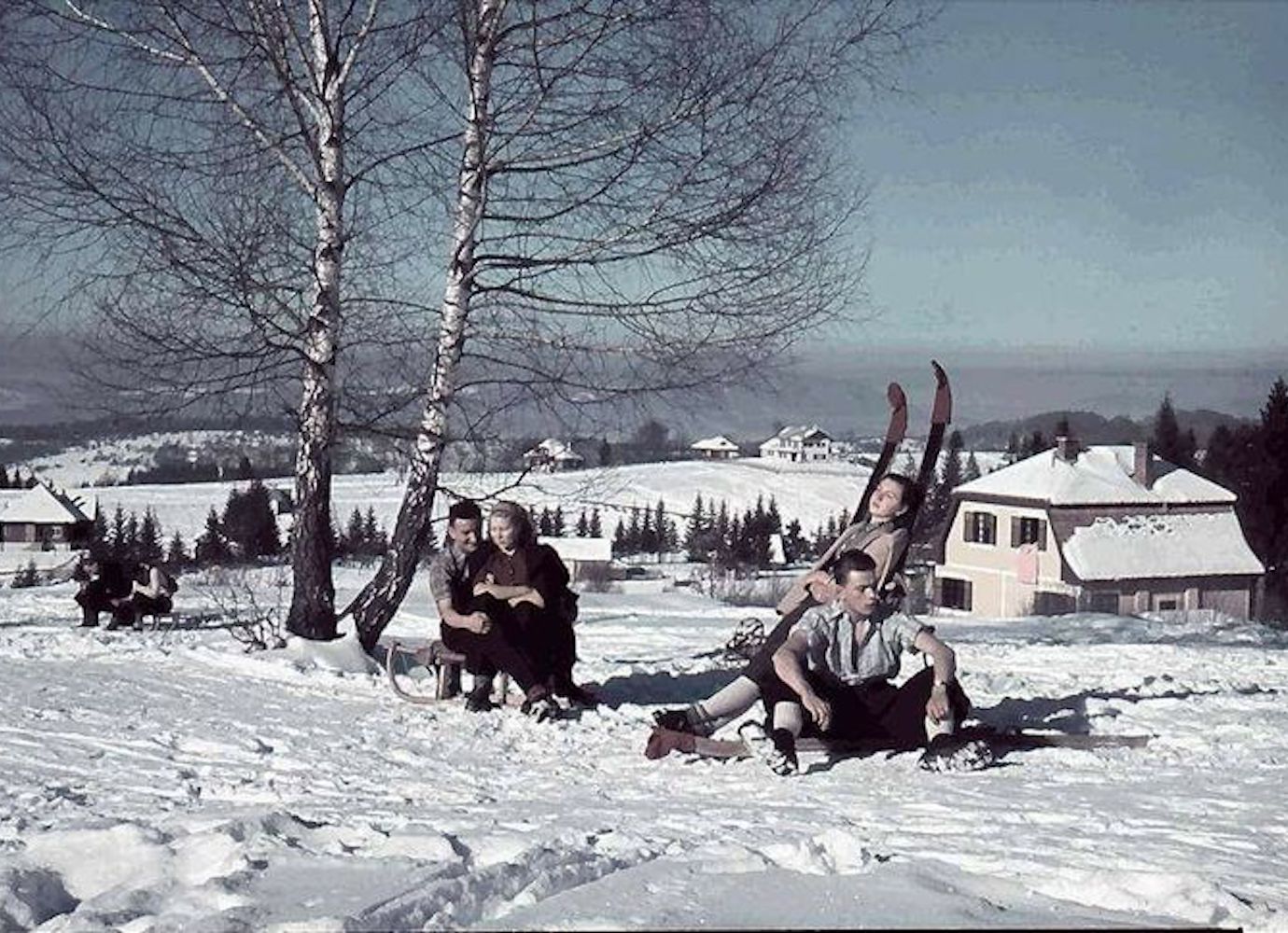Behind the legacy of Alexander Deineka, the artist who captured the USSR’s endless ode to winter sport
Sport played a crucial role in the Soviet lifestyle — or, at least, in the lifestyle ordained by state officials. Every morning, the radio invited listeners to work out in unison alongside a broadcast exercise programme. Most factories and universities had their own sport clubs, while at school, teenagers were trained according to the “Ready for Labour and Defence” programme. Its rather transparent name made the principle behind the project clear: the perfect Soviet citizen had to be in good shape, physically and mentally, in order to give their all at work and, should the need arise, on the battlefield.
To promote fizkultura, or “physical culture”, the state called on artists to create propagandistic posters, paintings, sculptures, and films. Copies of Ivan Shadr and Romuald Iodko’s sculpture Girl with an Oar (1936) adorned many Soviet parks; sport dramas praised the stamina and skill of Soviet athletes, and the 1980 Moscow Olympic Games were documented in Yuri Ozerov’s acclaimed film Oh Sport, You Are Peace! (1981).
Alexander Deineka. On a Ski Walk, (1933). Illustration for the book Air Fleet. Image courtesy of the Kursk Deineka Picture Gallery
Sport also became one of the signature themes in the oeuvre of Alexander Deineka, one of USSR’s leading social realist artists. Born in 1899, Deineka graduated from the Kharkiv State School of Art in the seminal year of 1917. A sincere believer in revolutionary ideas and ideals, he painted agit-trains (trains that, quite literally, brought socialist ideology to different parts of the Soviet Union), and defended his home city of Kursk from the White Army. After graduating from the legendary Moscow art school of Vkhutemas, Deineka began working as an artist and built a successful career, creating paintings, drawings, and sculptures that celebrated the labourers and soldiers of the Soviet Union. He did not shy away from propaganda, promoting not only work, but health and sport. One 1933 poster urged Soviet citizens to “work, build, and not whine” and to take part in fizkultura.
Alexander Deineka. Skates, (1927). Tretyakov Gallery. Image courtesy of the Tretyakov Gallery
Propaganda aside, Deineka was truly fascinated by sports. Even before his formal education began, he attended competitions with a sketchbook and a pencil in hand, and also trained as a boxer. Young, athletic bodies in movement often appear in his paintings, sculptures, and mosaics, engaging in activities from football and running to skating and skiing. His 1927 work “Skates” pictures a group of men and women on a skating rink; the traces of their skates form a pattern of intertwining lines on the ice.
Skiing also often appears in Deyneka’s work, from illustrations to mosaics. His 1933 work “On a Ski Walk” is an illustration for the book Air Fleet. In 1935-1936, Deineka travelled to the United States on an invitation from the Philadelphia Museum of Arts, and had a personal exhibition of his works. While in America, he was commissioned by Vanity Fair to create a cover image. The publication paid for his trip to Lake Placid, New York, where the artist captured a ski jumper mid-flight.
Deineka’s works for the Mayakovskaya metro station in Moscow included mosaics with a single ski jumper (“Skier”, 1938), reminiscent of the Vanity Fair cover above, and a depiction of the historic trip that a group of female Buryat skiers took from Ulan-Ude to Moscow (1939). His 1950 mosaic “Skiers” was made in commesso technique on marble, where cut sections of mineral stones are put together to form an image.
Deineka maintained his passion for sports throughout his long career as an artist, educator, and academic. Deineka himself had this to say about the subject: “As a theme, it is inexhaustible, as it is democratic and popular… Sport contains shades of sensation. It is lyrical, it is buoyant. It has a lot of optimism. It is the beginning of the heroic.”
Alexander Deineka. Skiers, (1950). Image courtesy of the Kursk Deineka Picture Gallery


